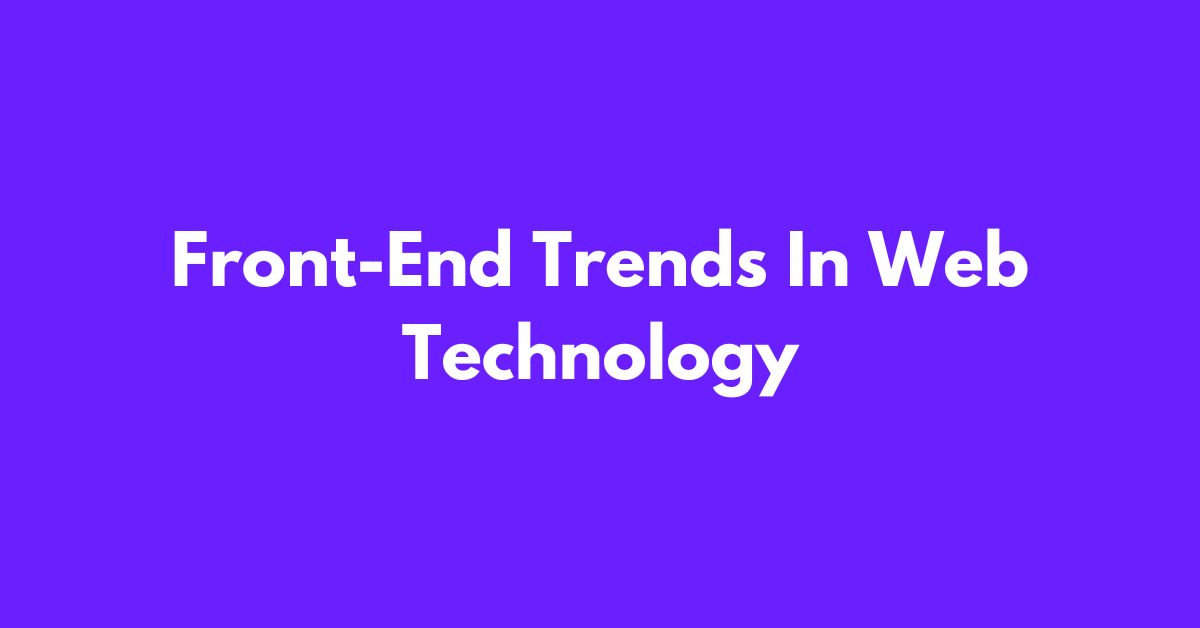|
Getting your Trinity Audio player ready... |
“Front-end development has changed significantly over the past few years.
Developers constantly exploring new ways to improve user experience and increase efficiency.
In recent times, there have been several front-end trends that are gaining popularity and changing the way we think about web development, “Such as”, voice user interfaces, serverless architecture, low code/no code platforms, and dark mode.
These trends are helping developers create better, more responsive, and user-friendly web applications.
In this article, we will explore these front-end trends in detail and discuss how they are shaping the future of web development.”
Here’s A Brief Explanation Of Each Of These Front-End Trends
1. Voice User Interfaces (VUIs)
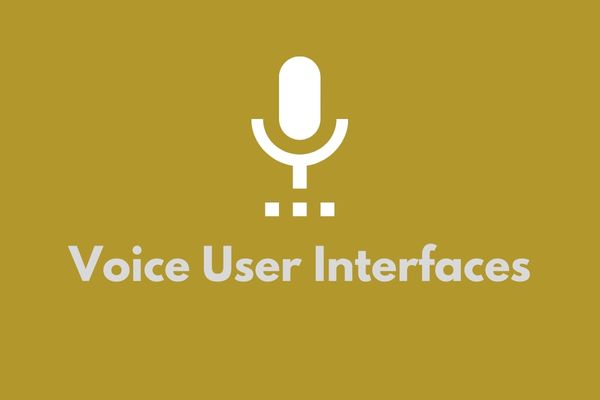
VUIs are interfaces that allow users to interact with web applications using their voice.
They are becoming more popular as people use voice assistants like Amazon’s Alexa or Google Assistant.
People use this to control smart devices in their homes or perform simple tasks like setting reminders or asking for directions.
Developers are now integrating VUIs into their web applications to provide a more convenient way for users to interact with their services.
It is also used in industries like healthcare, automotive, and finance, where hands-free interactions are necessary or beneficial.
VUIs rely on natural language processing (NLP) and machine learning (ML) algorithms to accurately interpret and respond to user requests.
As these technologies continue to advance, VUIs are becoming more accurate, responsive, and capable of handling more complex interactions.
2. Dark Mode
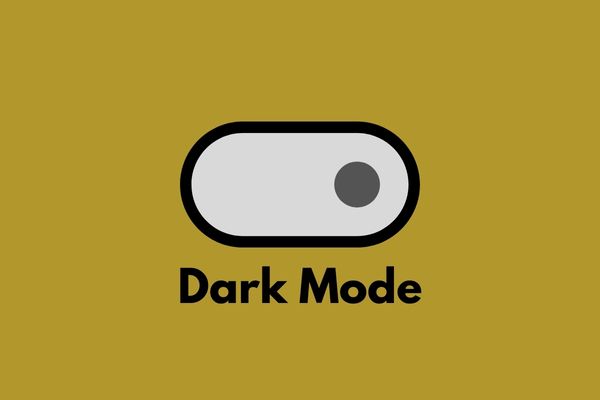
The dark mode is a feature that changes the color scheme of a website or application from a light background to a dark one.
This can help reduce eye strain, particularly in low-light conditions, and improve battery life on devices with OLED displays.
Many operating systems and applications now offer a built-in dark mode.
Developers are also adding this feature to their web applications to provide users with a more comfortable viewing experience.
This is a very cool feature, you can use this to make your website look more professional.
3. Low Code / No Code Platforms
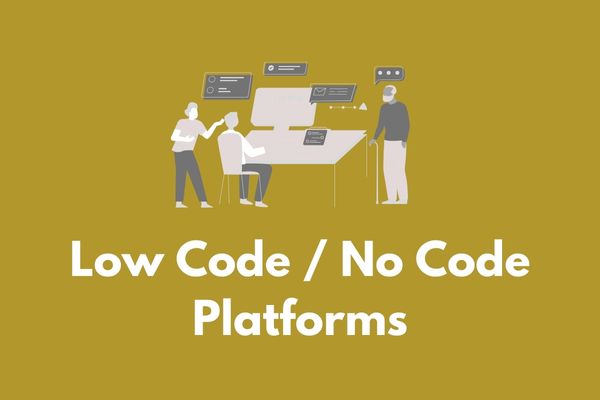
These platforms allow users to build web applications with little or no coding knowledge.
They provide a user-friendly interface with drag-and-drop elements.
It allows users to customize the design and functionality of their web application without writing code.
Low-code / no-code platforms are becoming popular as they enable people with limited technical knowledge to create web applications quickly and easily.
What are the differences between Low Code and No Code?
Low Code – Low-code platforms provide a visual interface that allows developers to create applications with minimal coding.
These platforms typically provide pre-built components and templates that can be easily customized using drag-and-drop interfaces.
While some coding is required, it is typically limited to simple scripting, and the platform takes care of the more complex coding tasks.
No Code – No-code platforms take this approach even further. It allows users to create applications without any coding at all.
Instead, these platforms provide a set of pre-built components and templates that can be assembled into an application using simple point-and-click interfaces.
No-code platforms are designed to be used by non-technical users, such as business analysts or citizen developers, who may not have any coding experience.
4. Serverless Architecture
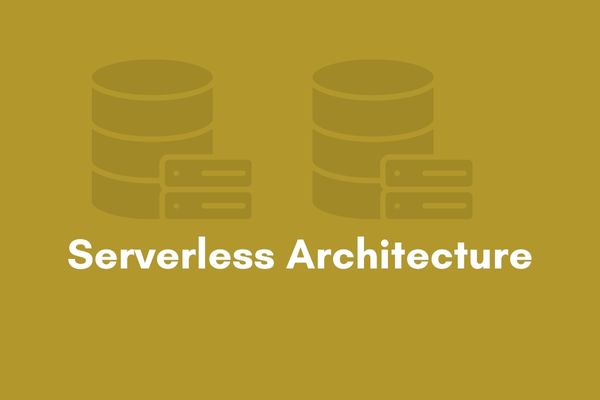
Serverless architecture is a way of building web applications. It eliminates the need for developers to manage infrastructure or servers.
Developers can focus on writing code along with serverless architecture. The cloud provider takes care of scaling and managing the underlying infrastructure.
This approach can reduce the time and effort required to build and deploy web applications. It can also save costs by allowing developers to pay only for the resources they use.
The serverless model is event-driven and based on a pay-per-use model.
The cloud provider is responsible for executing the code and scaling the resources needed to meet the demand of the application.
This means that the application is only charged for the time the code is running and not for idle time. It makes it a cost-effective model for applications that experience sporadic or unpredictable traffic.
One of the key benefits of serverless architecture is scalability. Since the cloud provider is responsible for scaling the resources. It is meant the application can automatically scale up or down based on demand.
Since the cloud provider manages the infrastructure. The developer does not have to worry about infrastructure management tasks such as patching, security, and backups.
Some popular examples of serverless architectures include AWS Lambda, Azure Functions, and Google Cloud Functions.
These services allow developers to write and deploy code in a variety of programming languages, including Node.js, Python, Java, and more.
However, there are some potential drawbacks to serverless architecture, such as cold start latency and reduced control over the underlying infrastructure.
Nevertheless, serverless architecture continues to grow in popularity as more developers adopt this approach to building applications in the cloud.
Note- These trends are changing the way we think about web development and are making it easier and more accessible to build and deploy web applications.
Conclusion
Front-end development is an ever-evolving field. it’s important for developers to stay up to date with the latest trends and technologies to create the best possible user experiences.
The front-end trends that we discussed, such as voice user interfaces, serverless architecture, low code/no code platforms, and dark mode. This is changing the way we design and build web applications.
These trends are enabling developers to create more responsive and efficient web applications. While also making it easier for people with limited technical knowledge to build their own web applications.
As we move forward, we can expect to see more innovative front-end trends that will continue to shape the future of web development.
[responsivevoice_button]
What Is Conversational AI-Beginner Guide?
Arsalan Malik is a passionate Software Engineer and the Founder of Makemychance.com. A proud CDAC-qualified developer, Arsalan specializes in full-stack web development, with expertise in technologies like Node.js, PHP, WordPress, React, and modern CSS frameworks.
He actively shares his knowledge and insights with the developer community on platforms like Dev.to and engages with professionals worldwide through LinkedIn.
Arsalan believes in building real-world projects that not only solve problems but also educate and empower users. His mission is to make technology simple, accessible, and impactful for everyone.

